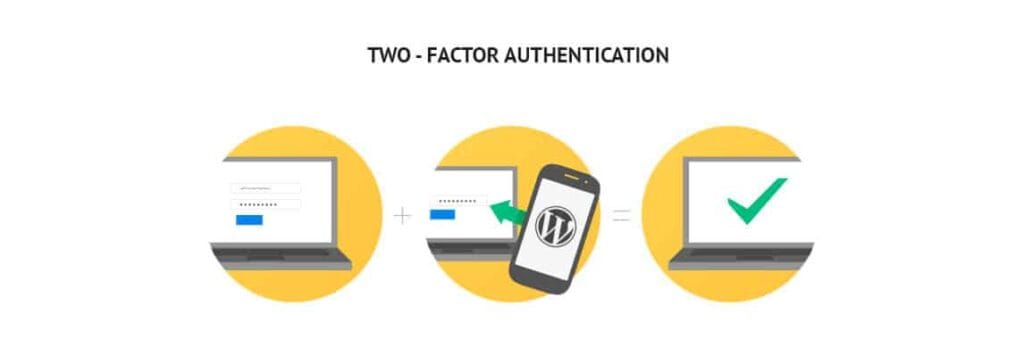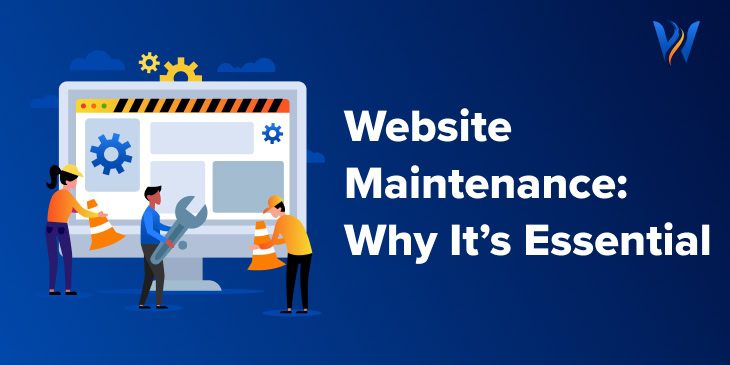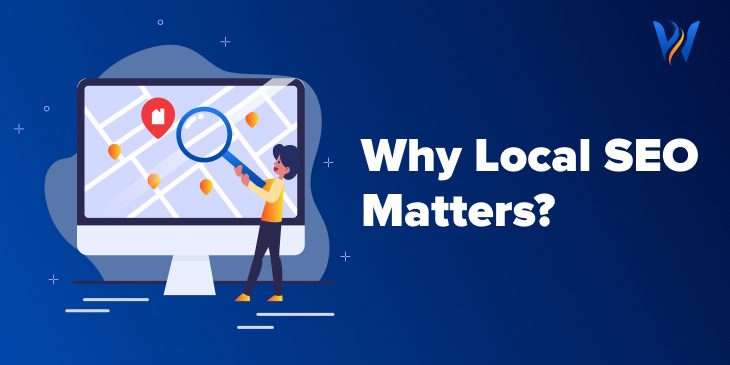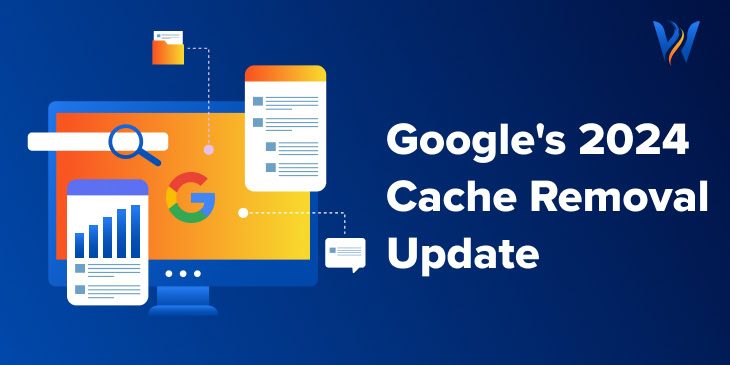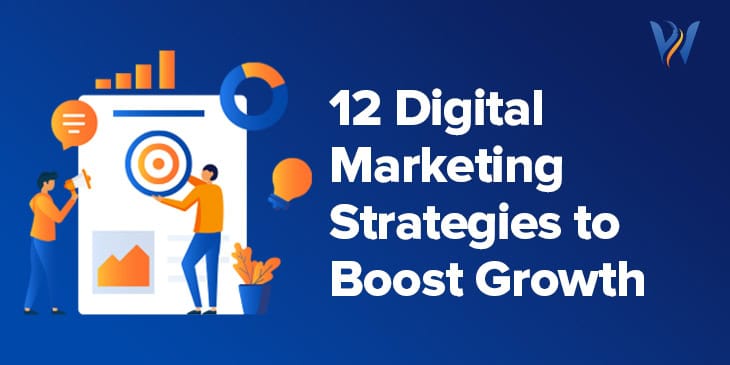WordPress is undeniably the most popularly used blogging platform and CMS system today. But WordPress does not just stop from being the favorite system used by bloggers and businesses. It is also known as the hackers’ favorite target. This makes WordPress one of the most vulnerable sites in the world.
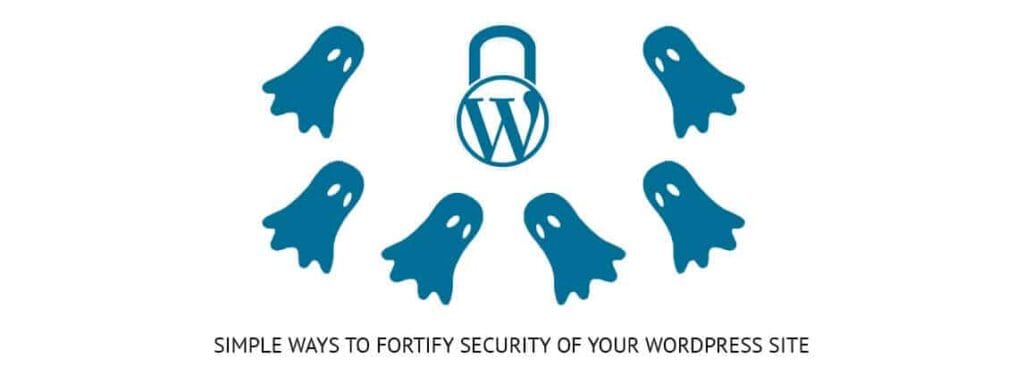
In order to protect your WordPress website and to secure the essential information of your visitors, you need to take extra efforts to maintain the security of your site’s admin. And because site security is extremely important you should always make sure to include it on your list of priorities. Here are a few important steps to maintain and improve your WordPress site’s security.
Choose username wisely
More often than not, hackers assume that you are using “admin” or “administrator” as the username for your site’s admin. Never use “admin” or “administrator” as your username. Instead, choose a different name. By simply choosing a strong username wisely you can easily prevent hackers from getting into your site.
Pick Strong Passwords
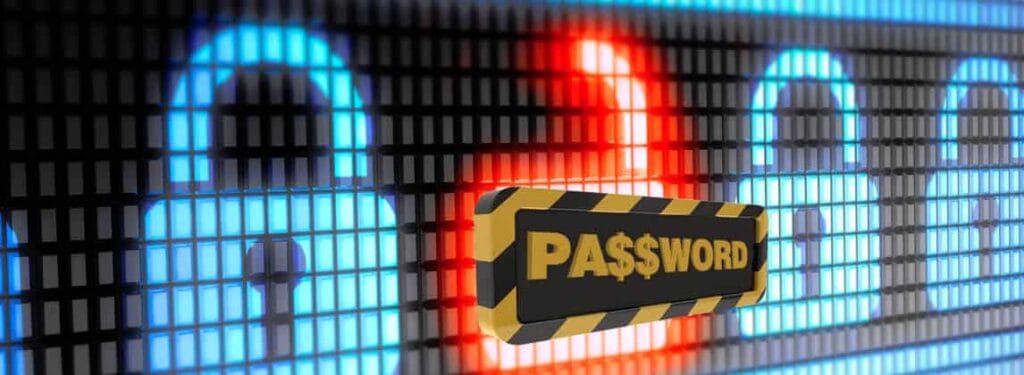
When assigning passwords for your WordPress site, be sure to pick the strong one. Avoid using passwords that are commonly used and can easily be guessed. Phrases like “admin”, “admin123” “password”, “administrator”, “123456”, and “letmein” are being used by thousands of people in the world, making these words included in the hacker’s password dictionary. A strong password would include a combination of letters, numbers, and special characters. Using a short sentence that you can easily remember is also better than just using a single word. Changing your password regularly also helps improve your site’s security.
Secure Your Admin Area
One best way to keep your admin area secured is to restrict access to it. Only allow those who really need to access your admin area. Be sure, that you are not letting your visitors have access to your wp-login.php file and /wp-admin/. You can do this by replacing with your IP address the xx.xxx.xxx.xxx on your WordPress admin folder’s .htaccess file.
“Enable Two-Factor Authentication”
Another excellent way to protect your WordPress site from brute force attacks is by enabling two-factor authentication. Aside from entering your password, this type of authentication would require you to confirm your identity via an authorization code sent to your registered mobile number.
This may be tedious and inconvenient at times but given the security, it offers to your website, you will surely not mind confirming your identity over and over again every time you log in to your site. To enable two-factor authentication, you will need to install plugins (e.g. Duo Two-Factor Authentication, Clef, and Google Authenticator) that add this special security feature.
“Set Login Limit”
The number one tactic used by hackers to invade your site’s security is through brute force or persistent attack. If you allow them to access your website an infinite number of times, you are giving them the chance to successfully crack your login credentials by trying to log in to your site again and again. To set the login attempt limit, you can install a plugin that allows you to restrict a specific IP address from accessing your login page. Plugins like iThemes Security, Login Lock Down, and Sucuri Security offer security features that limit login attempts.
“Keep WordPress Core, Theme and Plugins Up-To-Date”
One thing that a WordPress programmer would suggest to keep your site’s security protected is to always update your WordPress core, themes, and plugins to the latest version. You will know when there will be a new update for the themes and plugins installed on your site because WordPress will confront you with the “Update Available” banner whenever you log in to your dashboard. You just have to click on it to install the update. If you are worried that it might mess up with your site, you can always save a backup before installing the updates. If you need WordPress customization to strengthen the security of your site, then do so.



